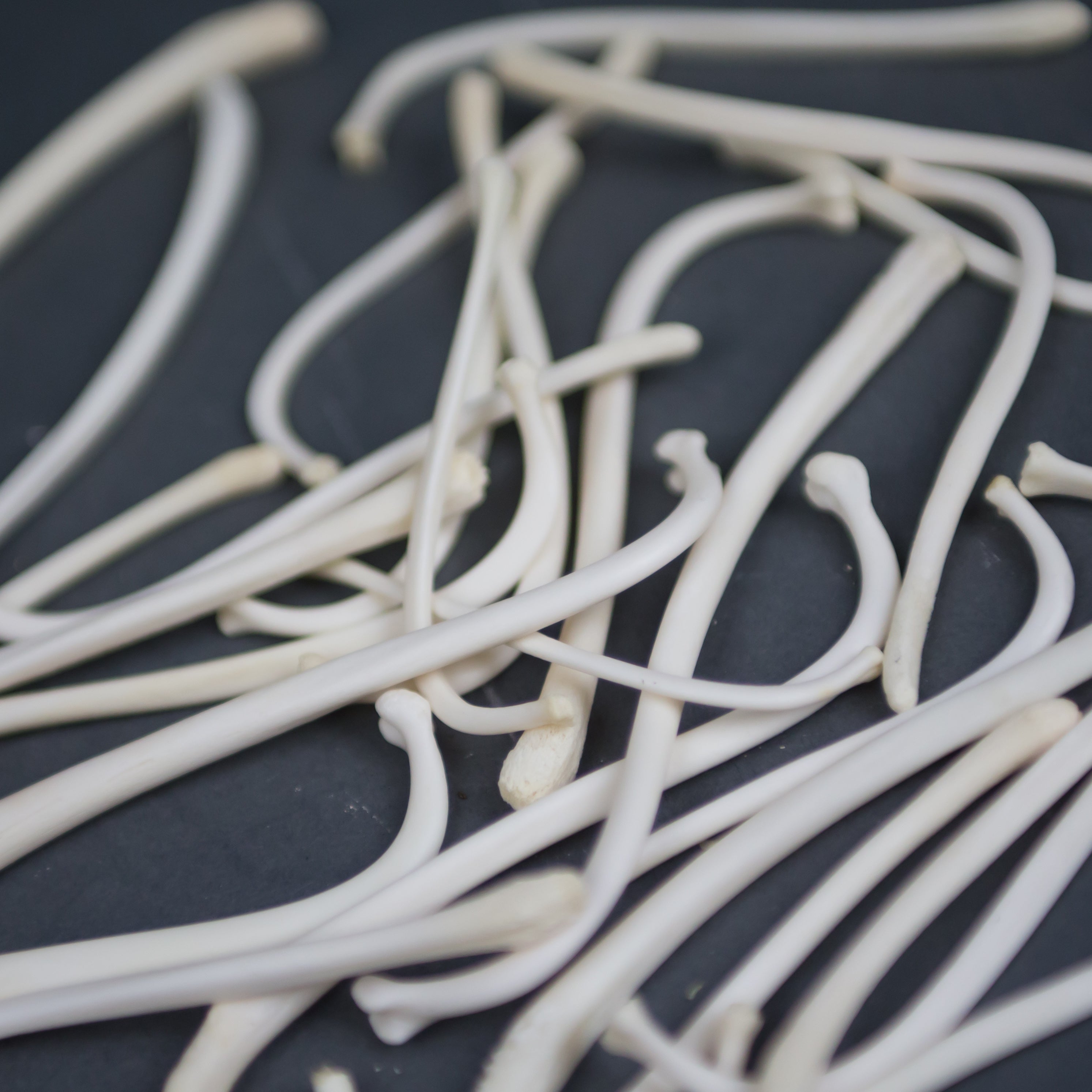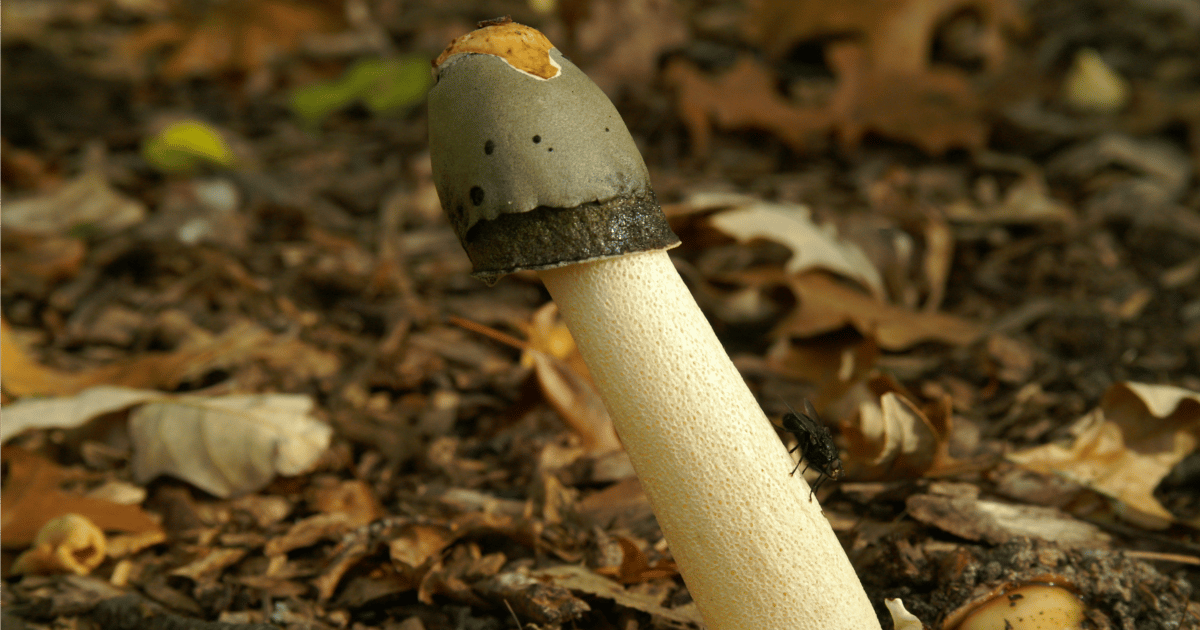
In this way, an improved arterial flow is achieved. Most commonly used medications include PDE5 inhibitors, which inactivate the enzyme phosphodiesterase 5 at the corpora cavernosa level, relaxing the smooth muscle fibres of the corpora and the vessels. It is a common condition, which may result from a number of causes, most commonly of a vascular aetiology (such as hypertension, hypercholesterolaemia, smoking or diabetes). Psychological causes include anxiety and depression. The potential space between the glans and prepuce is termed the preputial sac.Ĭlinical Relevance: Functional Defects of the Penis Erectile DysfunctionĮrectile dysfunction is the inability to maintain an erection.
#Guys penis shapes skin#
The prepuce is connected to the surface of the glans by the frenulum, a median fold of skin on the ventral surface of the penis. It covers the glans to a variable extent. The prepuce (foreskin) is a double layer of skin and fascia, located at the neck of the glans. It is connected to the underlying fascias by loose connective tissue. The skin of the penis is more heavily pigmented than that of the rest of the body. It runs down from the linea alba, surrounding the penis like a sling, and attaching to the pubic symphysis.

Suspensory ligament – a condensation of deep fascia.The root of the penis is supported by two ligaments, which attach it to the surrounding structures: The incomplete septum between the two corpora is comprised of tunica albuginea. Underneath the deep fascia is the strong fascia called tunica albuginea, forming an individual capsule around each cavernous body and fused in the midline. This is a continuation of the deep perineal fascia, and forms a strong membranous covering which holds all three erectile tissues together.

The most superficial layer, immediately under the skin, is the external fascia of Colles (which is in continuity with the fascia of Scarpa which covers the abdominal wall).Ī deeper stratum is the deep fascia of the penis (also known as Buck’s fascia). It contracts to force blood from the cavernous spaces in the crura into the corpora cavernosa – this helps maintain erection.Įach mass of erectile tissue has two fascial coverings.

Bulbospongiosus (x2) – associated with the bulb of the penis.There are four muscles located in the root of the penis: The bulb forms the corpus spongiosum, which lies ventrally. The male urethra runs through the corpus spongiosum – to prevent it becoming occluded during erection the corpus spongiosum fills to a reduced pressure.ĭistally, the corpus spongiosum expands to form the glans penis.įig 2 – The erectile tissues of the penis. They are separated by the septum of the penis, although often incompletely. The left and right crura continue anteriorly into the dorsal part of the penis – they form the two corpora cavernosa. The erectile tissues continue into the body of the penis. The left and right crura are located laterally attached to the ipsilateral ischial ramus, and covered by the paired ischiocavernosal muscles. The bulb is situated in the midline of the penile root, and is traversed by the urethra. In the root, these tissues are known as the left and right crura, and the bulb of the penis. The root and body of the penis are spanned by three masses of erectile tissue. The erectile tissues fill with blood during sexual arousal, producing an erection. Note: In the anatomical position the penis is erect, so the dorsal side is that closest to the abdomen and the ventral side is closest to the testes. In this article, we will look at the functions and structure of the penis and how these give rise to certain clinical conditions. It contains the urethra, which carries urine from the bladder to the external urethral orifice, where it is expelled from the body. Micturition – The penis also has an important urinary role.Finally, the penis undergoes remission, returning to a flaccid state. Following emission, (mixing of the components of semen in the prostatic urethra) ejaculation can occur, whereby semen moves out of the urethra through the external urethral orifice. Sexual intercourse – During erotic stimulation, the penis undergoes erection, becoming engorged with blood.The penis is an external organ of the male reproductive system. 4 Clinical Relevance: Functional Defects of the Penis.3 Clinical Relevance: Phimosis and Paraphimosis.


 0 kommentar(er)
0 kommentar(er)
